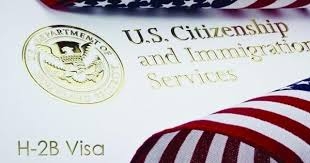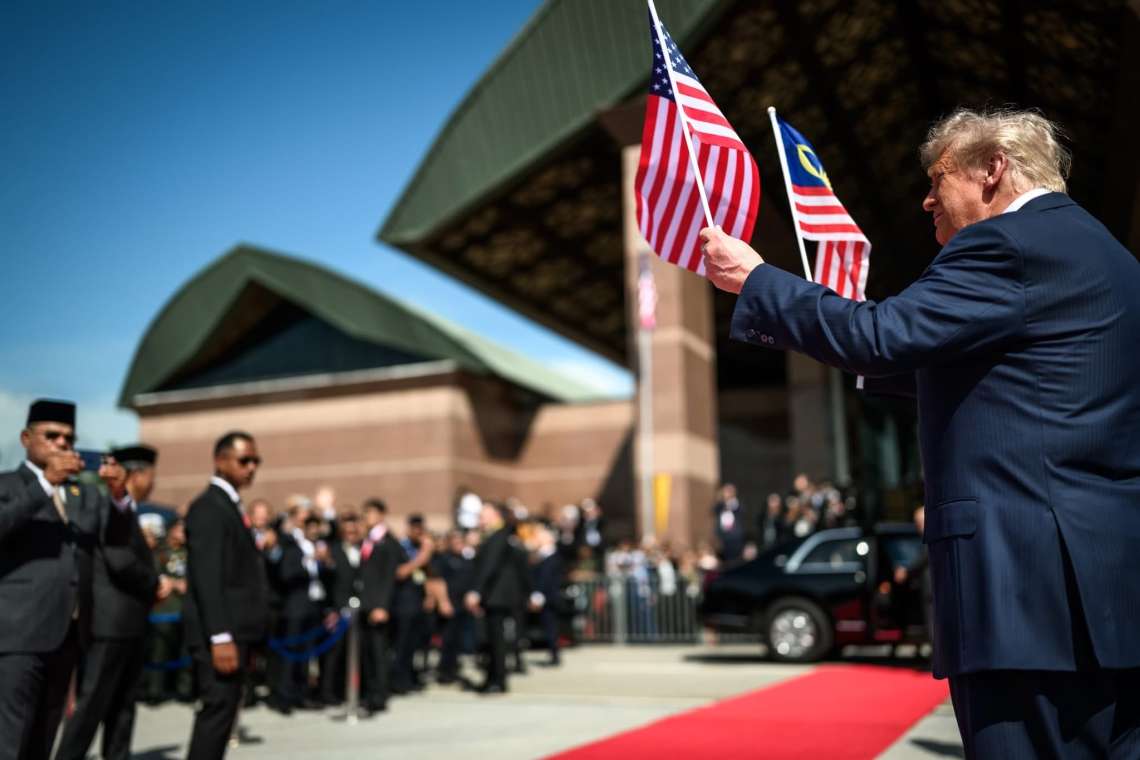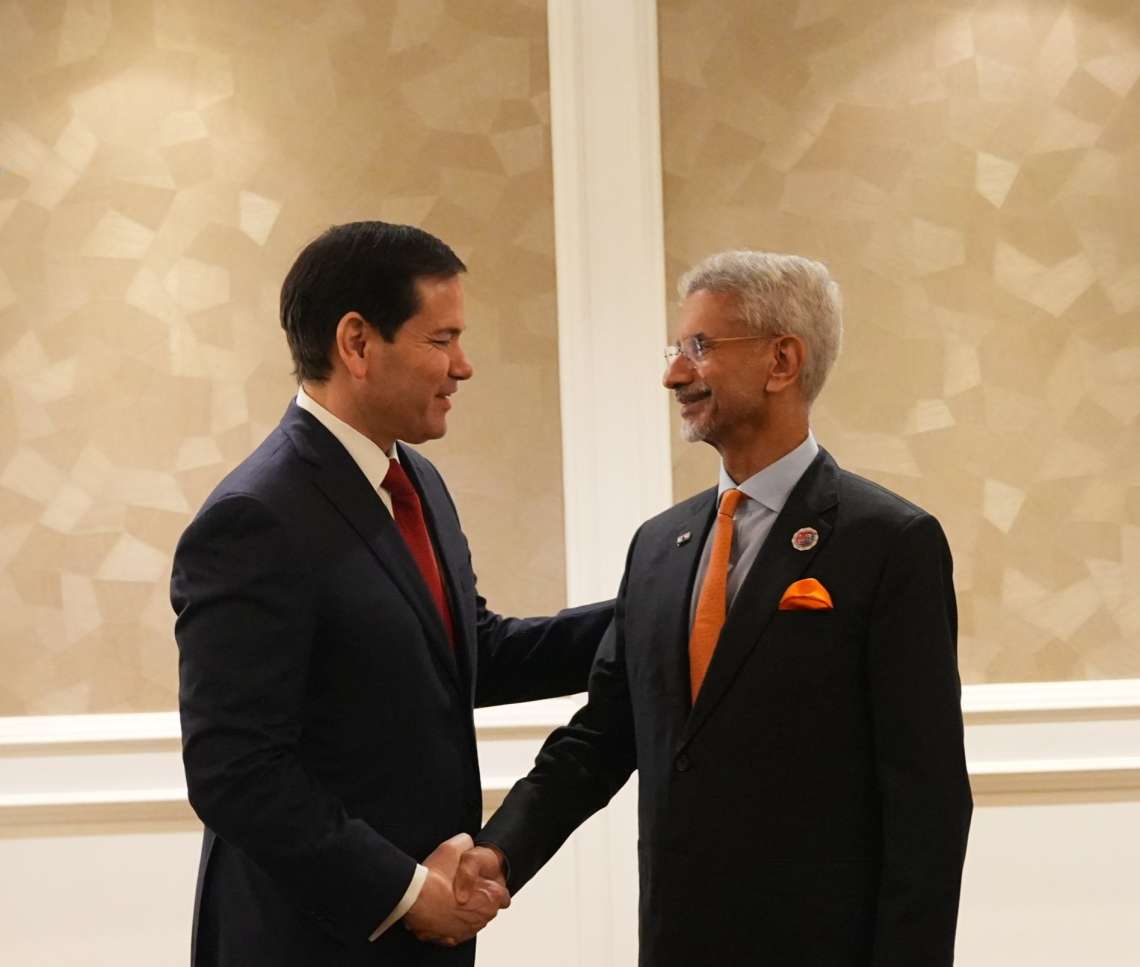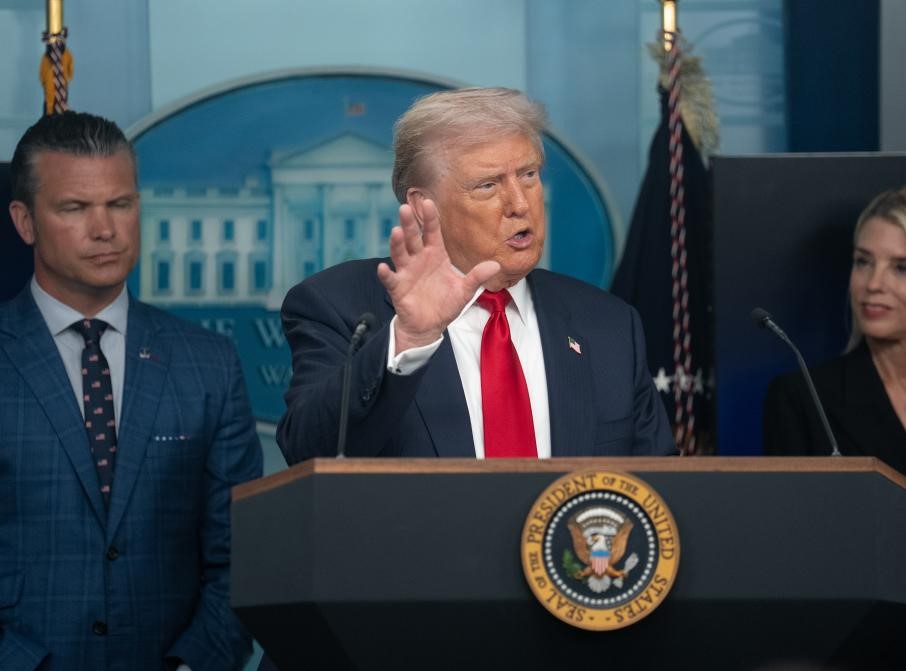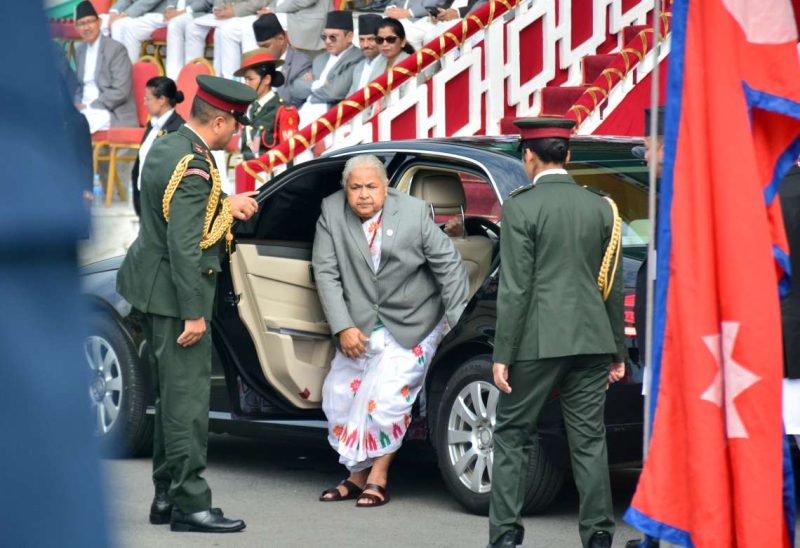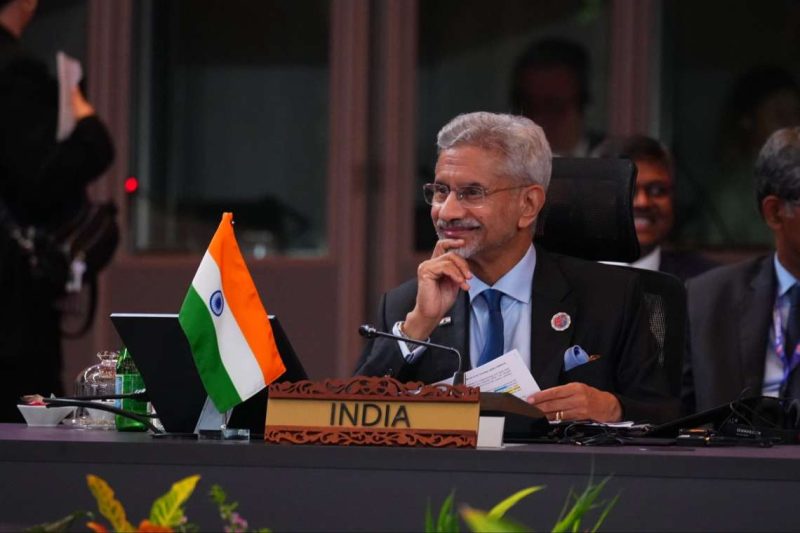The H-2B visas are issued for seasonal/temporary jobs which allow employers to hire skilled or unskilled workers to fulfil the shortage of workers in the US…reports Asian Lite News
The US Department of Homeland Security (DHS) and the Department of Labor (DOL) are issuing a temporary final rule that makes 64,716 additional H-2B visas available for fiscal year 2023.
These supplemental H-2B visas are for US employers seeking to petition for additional workers at certain periods of the fiscal year before September 15, 2023, according to the US Citizenship and Immigration Services (USCIS).
“The Department is making supplemental H-2B visas available earlier than ever, ensuring that American businesses can plan for their peak season labor needs,” Alejandro Mayorkas, Secretary of Homeland Security, said in a statement.
“At a time of record job growth, these visas will also provide a safe and lawful pathway to the US for non-citizens prepared to take jobs that are not filled by American workers.”
The H-2B visas are issued for seasonal/temporary jobs which allow employers to hire skilled or unskilled workers to fulfil the shortage of workers in the US.
The employer must obtain a DOL certification before the visa application can be initiated.
The supplemental H-2B visa allocation consists of roughly 44,700 visas available to returning workers who received an H-2B visa, or were otherwise granted H-2B status during one of the last three fiscal years.
The remaining 20,000 visas are reserved for nationals of El Salvador, Guatemala, Honduras, and Haiti, regardless of whether they are returning workers.
The statutory semi-annual cap authorised under the Immigration and Nationality Act (statutory cap) of 33,000 visas for the first-half of FY 2023 was reached on September 12, 2022.
According to USCIS, there are 18,216 immediately available visas limited to returning workers regardless of country of nationality for the first half of FY 2023.
For the early second half of FY 2023, that is, April 1 to May 14, there are 16,500 visas limited to returning workers regardless of country of nationality.
There are 10,000 visas limited to returning workers regardless of country of nationality for the late second half of FY 2023 (May 15 to September 30) for which employers must file petitions no earlier than 45 days after the second-half statutory cap is reached.
This is the first time the Departments have issued a single rule making available H-2B supplemental visas for several allocations throughout the entire fiscal year, including an allocation for the late second half.
The temporary final rule features several provisions to protect both US and H-2B workers from exploitation and abuse.
In that direction, DHS will subject employers that have committed certain labour law violations in the H-2B program to additional scrutiny in the supplemental cap petition process.
In addition, the Departments will also be participating in the White House-convened H-2B Worker Protection Taskforce, announced in October, to address these issues widely.
ALSO READ-Beware of visa scams, British High Commissioner tells Indians


